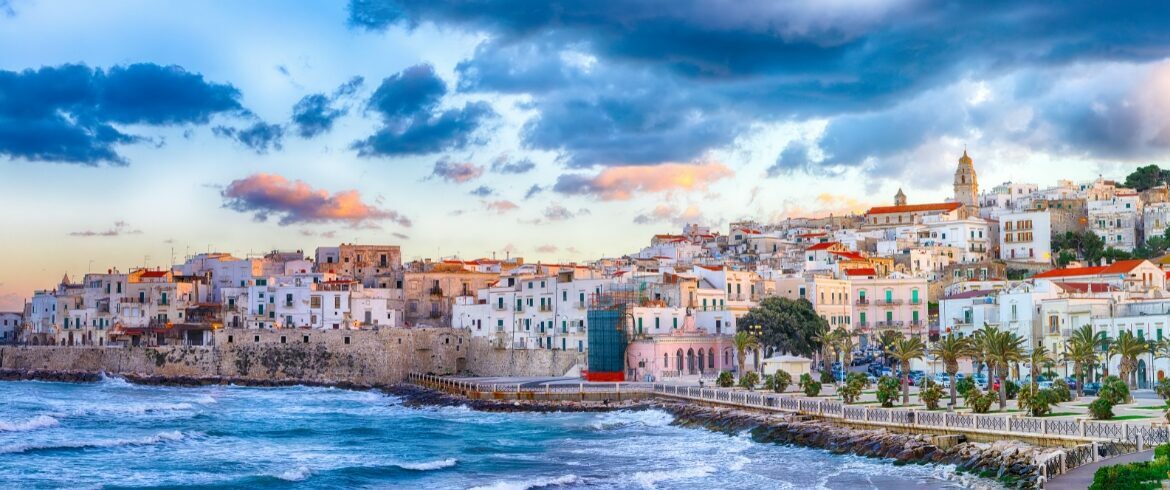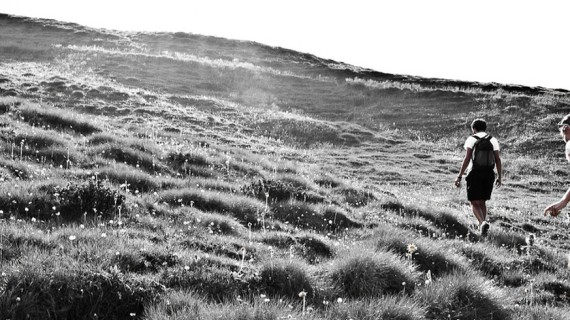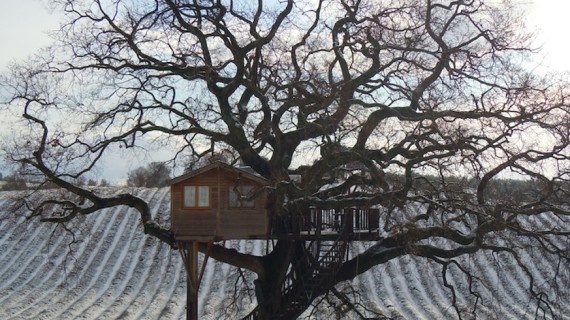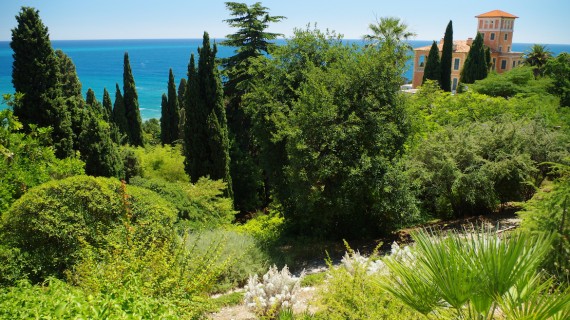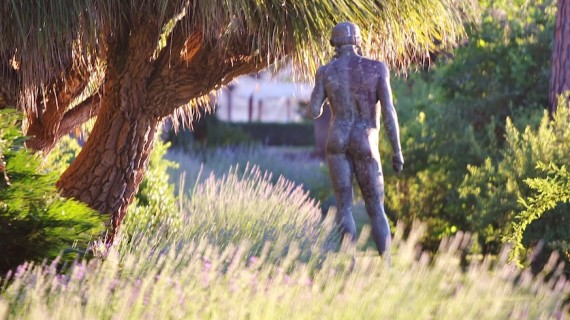Vieste: the gem of the Gargano has just over 13,000 inhabitants and is located in the province of Foggia. The town is located on the eastern end of the Gargano Promontory.
Vieste is a renowned seaside town, also known for its crystal-clear waters. In fact, it won the ‘Blue Flag‘ award several times by the Foundation for Enviroment Education (a non-profit, non-governmental organisation).
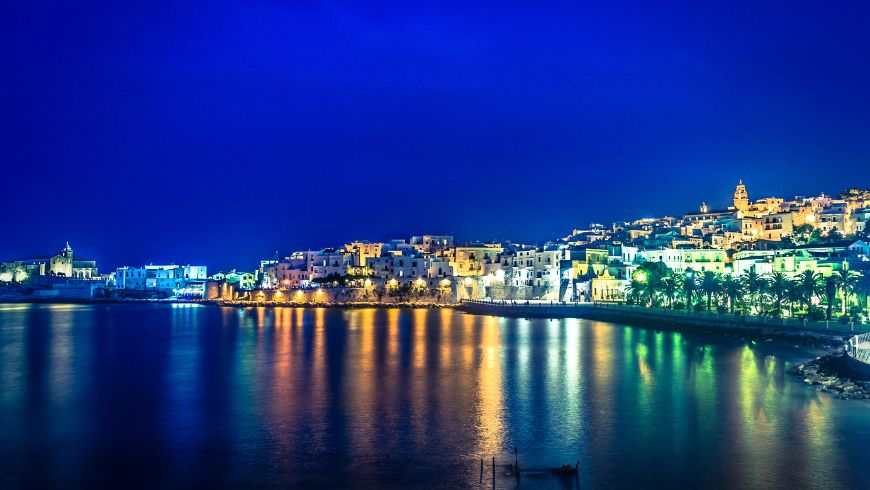
It is a town steeped in history with its medieval centre made up of small white houses, narrow streets and squares that open onto the sea and remind us that Vieste was once a fishing village.
What to visit
My visit starts at the Ad Alt gate, which is one of the main entrances to the old city, and a few steps lead up to the Cathedral.

The 11th century Cathedral of Vieste is dedicated to St Mary of the Assumption. It has a three-nave interior with capitals with floral or animal figures. On the three huge wooden canvases you can admire St George and St Michael, the patron saint of the Gargano. On 29 September each year, there is a special nocturnal pilgrimage that is very folkloric.
Next to the church, you can see the imposing Baroque bell tower.
Near the cathedral, there is the Chianca Amara in memory of the sad massacre of over 5,000 in 1554 at the hands of the Turks who invaded the village.
The Swabian Aragonese Castle is on the slope leading to the old city centre and Frederick II built in 1242 to defend the city. Although it is not accessible because it is a military centre, it is worth mentioning because of the splendid view of both the Pizzomunno rock and the Scialara beach.
Pizzomunno rock and its legend
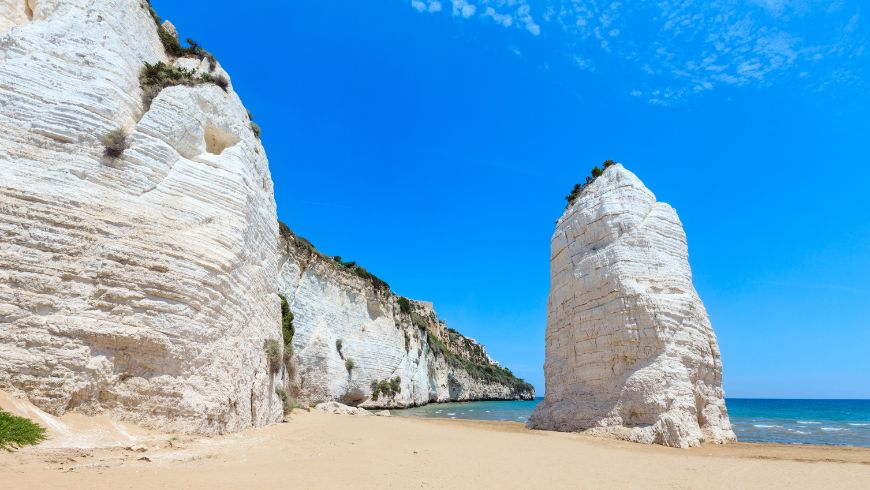
Pizzomunno is a large white limestone rock protruding more than 25 metres from the Scialara beach, also known as ‘Roccia del Castello‘.
The legend tells of Pizzomunno, a beautiful young fisherman, who fell in love with a young woman named Cristalda. The sirens later kidnapped her out of jealousy. The boy waited in vain for the woman to be freed by the sea creatures, but this never happened. So it was because of the waiting and the pain that she was petrified into the great rock that we can admire today.
And in memory of this love, there is also ‘the stairway of love‘. The staircase starts from Corso Fazzini (City Hall area) and arrives in the city centre. People say that lovers who walk down it will remain so for life.
You can find the museum dedicated to seashells in Via Pola 8. It is a small but interesting museum that started in 1975 as a souvenir shop. It later became a museum thanks to the great passion of the owners who collected marine specimens from all over the world. For more information, visit this website.
Along Via Judeca, where there is a small Jewish quarter, is a picture postcard view. The view sweeps over the rocky outcrop of Vieste Vecchia (the old town) and Punta San Francesco. Here stands the Church of St Francis, which dates back to 1438 although it was later destroyed and rebuilt in the 12th century.
Facing the church on the left you can see the bay of Marina Piccola and the small island of Sant’Eufemia with the lighthouse where legend has it that Vesta, Noah’s wife, is buried.
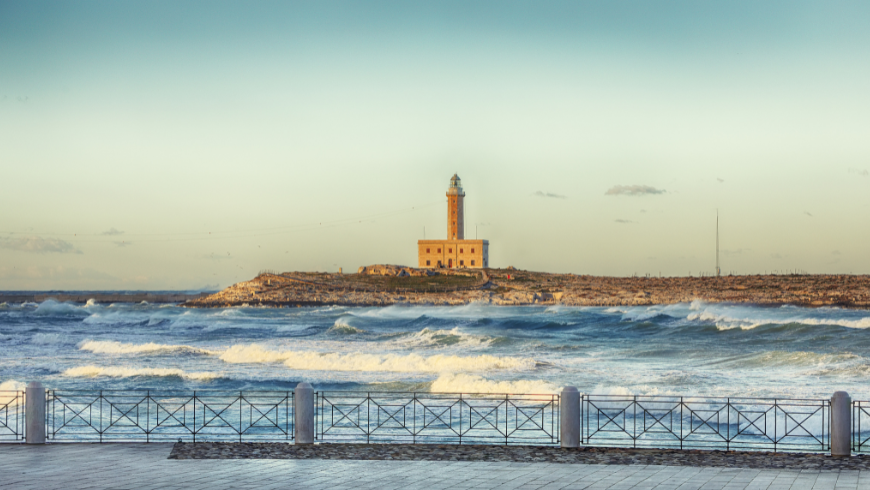
And wandering around, the evening will have arrived, so the ideal is to end the trip by strolling along the Cristoforo Colombo promenade.
A dip in the sea
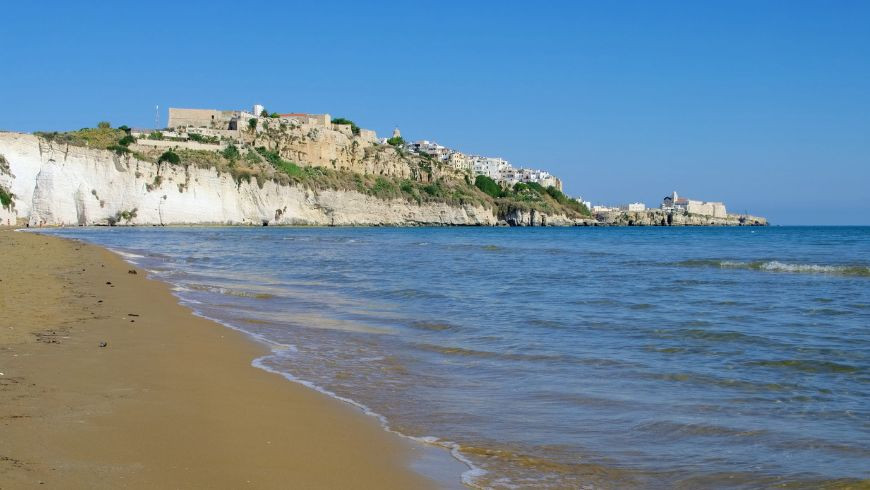
For bathing enthusiasts: where to go?! The ideal place for a swim with a view of the centre is the bay of Marina Piccola with a small beach between the two tips San Francesco and Santa Croce.
Craftshops and trabucchi
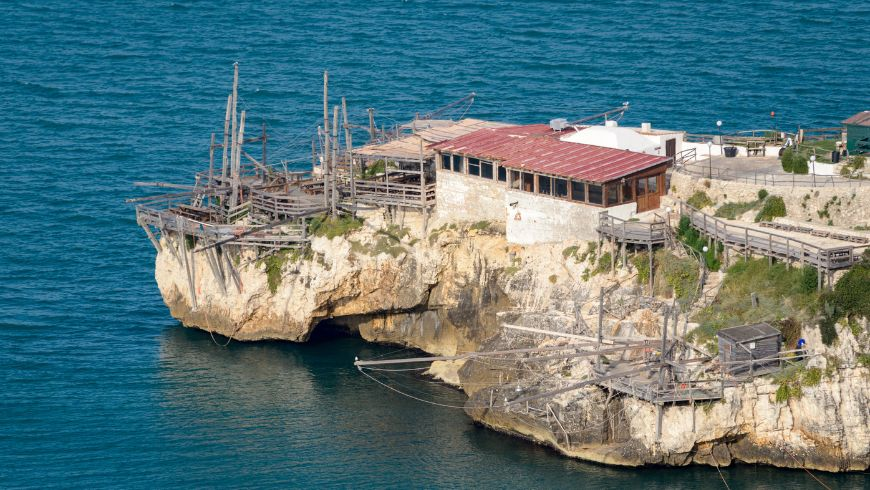
You will definitely want to take home a souvenir as a memento of this trip, so where should you go to buy one? In the old town, which is full of shops where local craftsmen carve stone. The local limestone is ideal for making beautiful jewellery adorned with precious stones.
Also interesting are the wooden or clay miniatures such as the ‘trabucchi‘, small models of old constructions that were used for fishing.
How to arrive and were to stay
The historic centre, like all the villages, is a restricted traffic zone. To avoid fines, it is advisable to park (there are charges) on Viale Marina d’Italia or Lungomare Vespucci or Piazzale Stadio and then walk around. To organise a green holiday, it is better to arrive by train and then get around on foot or by bicycle.
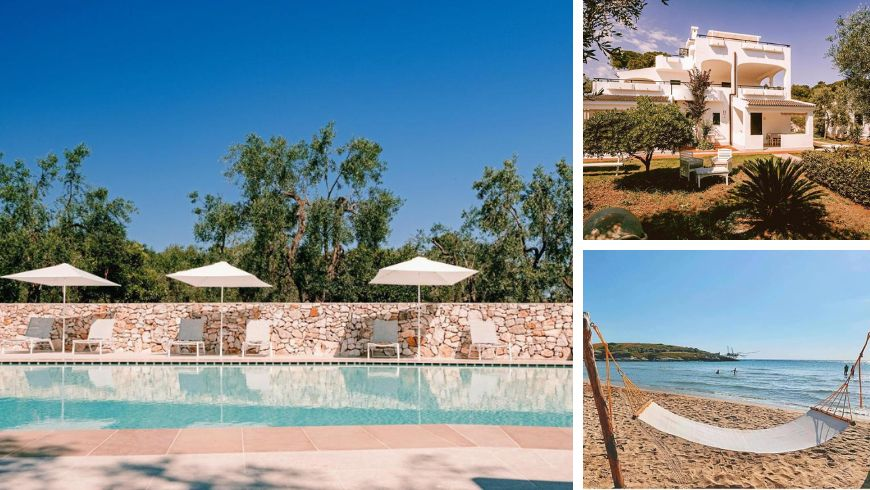
Vieste offers various possibilities for organizing an eco-friendly, environmentally friendly stay and immersion in nature. Camping by the sea, glamping or organic agritourisms immersed in the green countryside, or even small B&Bs in ancient white stone villages…
Are you ready to discover the gem of Gargano?
Cover Image by Canva Pro
